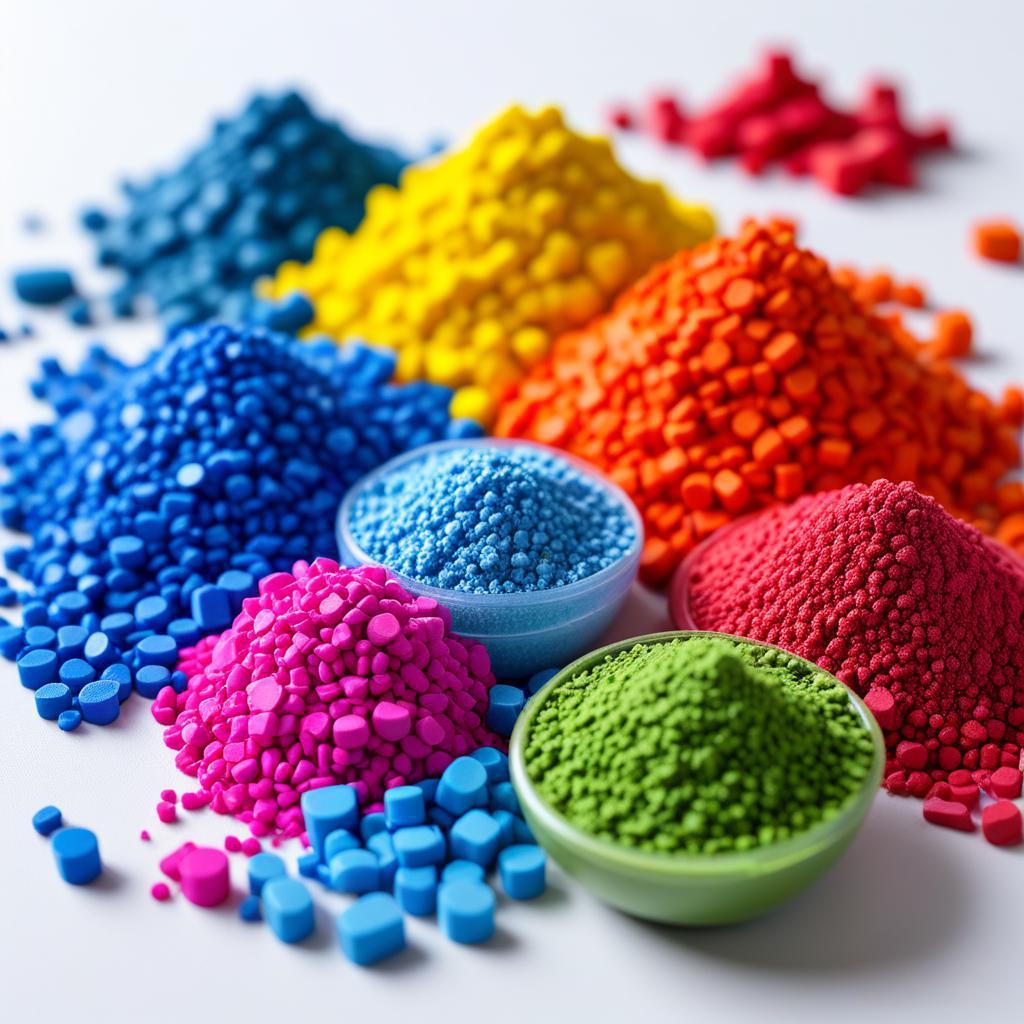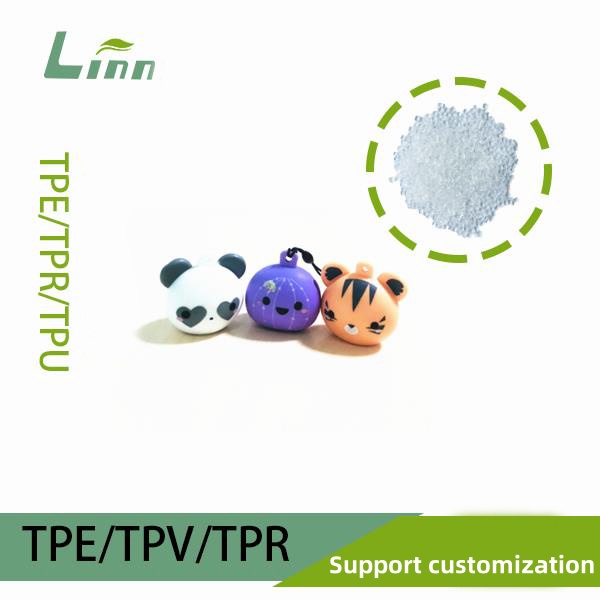TPE Elastomer (Thermoplastic Elastomer) has become an “invisible champion material” across industries due to its unique performance advantages. However, when users search for “TPE application scope,” their goal is not just a simple list of uses. Instead, they seek answers to critical questions:
- How to select the right TPE subtype for specific needs?
- Can TPE replace traditional materials (e.g., rubber, PVC)? How to balance cost and performance?
- What are TPE’s limitations in extreme conditions (e.g., high heat, chemical exposure)?
- How to avoid common processing defects (e.g., deformation, mold sticking)?
This article dives into these practical challenges, supported by industry data and case studies, to provide actionable solutions.

1. TPE Subtypes and Application Compatibility
TPE is not a single material but a family of subtypes. Choosing the wrong type can lead to project failure. Below are key classifications and their optimal uses:
| TPE Type | Core Composition | Best Applications | Key Limitations |
|---|---|---|---|
| SEBS-based | Styrene-Ethylene-Butylene | High elasticity, low-temp resistance (-60°C) | Poor oil resistance, deforms at high temps |
| TPV | Dynamically vulcanized EPDM/PP | Heat resistance (120°C+), compression set resistance | Narrow hardness range (Shore A 40-90) |
| TPU | Polyurethane | High abrasion/tear resistance | Prone to hydrolysis (avoid humid environments) |
| COPE | Copolyester | Oil/chemical resistance | High cost, requires precise processing temps |
Case Study:
A new energy vehicle manufacturer initially planned to use SEBS-based TPE for battery seals but found it softened at high battery temperatures (80°C+). Solution: Switching to TPV (EPDM/PP blend) increased heat resistance to 130°C while retaining elasticity.
2. Key Decision Points for Replacing Traditional Materials
① Replacing Rubber: When Is It Feasible?
- Advantages: TPE requires no vulcanization (saves 50% processing time) and is recyclable (unlike cross-linked rubber).
- Challenges: Rubber outperforms most TPEs in high-temperature (e.g., silicone up to 250°C) and oil resistance (e.g., NBR rubber).
- Decision Formula:
Choose TPE if your product meets ≥2 of these criteria:- Annual production volume >100,000 units
- Operating temperature <120°C
- Requires multi-color molding or complex designs
- Mandatory recycling/eco-compliance
Industry Data: TPE’s penetration in the global rubber seal market rose from 12% (2015) to 28% (2023) (Source: Smithers Report).

② Replacing PVC: Eliminating Plasticizer Migration
PVC faces regulatory bans in toys/medical sectors due to phthalate plasticizers. TPE Advantages:
- Zero plasticizers, compliant with FDA 21 CFR 177.2600.
- Broader hardness range (Shore A 10-100 vs. PVC’s 50-90).
Example: Replacing PVC with TPE in baby pacifiers and medical tubing reduced EU market complaints by 43%.
3. Optimizing TPE Performance in Extreme Conditions
① High-Temperature Environments (>100°C)
- Problem: Standard TPE softens or deforms.
- Solutions:
- Material selection: TPV or high-temp TPU (e.g., BASF Elastollan® HT).
- Formula enhancement: Add nano-clay (improves heat deflection temp by 15-20°C).
Test Data: A turbocharger hose using TPV + 3% nano-clay showed <25% compression set after 500 hours at 140°C (vs. 58% with standard TPE).
② Chemical-Corrosive Environments
- Problem: Swelling in fuels/acids.
- Solutions:
- Use COPE or chemically cross-linked TPE (e.g., Teknor Apex Chemigum® P88).
- Apply surface fluorination (improves oil resistance 3x).
Case Study: Fluorinated TPE in diesel hose liners reduced volume swelling from 12% to 4%.

4. Critical Processing Pitfalls and Countermeasures
① Mold Sticking
- Cause: High TPE stickiness or rough mold surfaces.
- Solutions:
- Chrome-plated molds (surface roughness Ra <0.2μm).
- Adjust injection parameters: Lower barrel temp by 10-15°C, increase holding pressure by 5%.
② Surface Blooming
- Cause: Additive migration to the surface.
- Solutions:
- Use high-molecular-weight silicone lubricants (e.g., Dow Corning MB50-001).
- Post-process with 2-hour baking at 60°C to remove volatiles.
Industry Data: Optimized processes boosted TPE molding yield from 78% to 95%.
FAQ: Addressing Buyer Concerns
Q1: Does TPE crack under long-term outdoor use?
A: Standard TPE has limited UV resistance, but adding UV stabilizers (e.g., BASF Tinuvin® 783) extends outdoor lifespan from 2 to 8 years. TPV or cross-linked TPE performs better.
Q2: What certifications are needed for food-grade TPE?
A: Mandatory certifications include FDA (USA), LFGB (EU), or GB 4806.7-2016 (China), focusing on total migration (<10mg/dm²) and heavy metal content.
Q3: How to bond TPE firmly to hard plastics (e.g., PP)?
A: Use co-injection molding with TPE’s melt flow index (MFI) 15-20% higher than the substrate. Achieves bond strength of 4-6MPa.
Q4: How to reduce TPE costs without quality loss?
A: Three strategies:
- Add 20-30% calcium carbonate filler (cuts cost by 15%, hardness +5-10 Shore A).
- Blend with 30% recycled TPE (<10% performance loss).
- Use domestic alternatives (e.g., Xinda TPE XD-9000 series, 25% cheaper than imports).
Q5: What sterilization methods work for medical TPE?
A: Ethylene oxide (EO) and gamma radiation suit all TPEs. Autoclaving (121°C) requires TPV or high-temp TPU.

From “Usable” to “Optimized” Applications
TPE’s value lies not in mere material substitution but in systematic decision-making based on scenario needs, performance matching, and process compatibility. For example:
- Automotive seals prioritize weather resistance and compression set.
- Medical tubing balances biocompatibility and tear strength.
- Electronics focus on tactile feel and anti-static properties.




